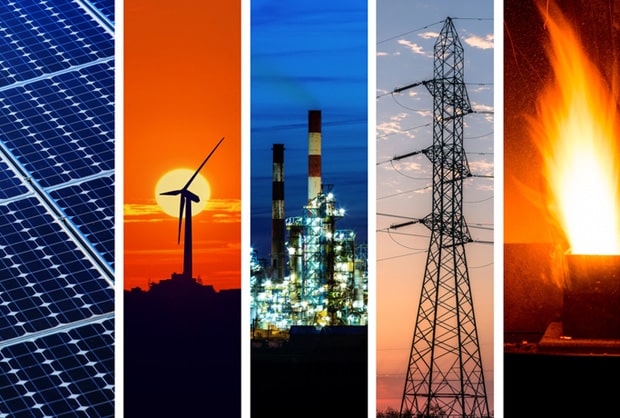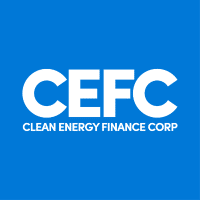The Clean Energy Finance Corporation Annual Report 2016-17 reflects an increase in the scale and value of the organisation.
The report shows the CEFC delivered more than $2 billion in new commitments to 35 individual transactions. It also states that CEFC investments signal a strong business and investor appetite for clean energy assets.
Corporation Chair Steven Skala said the organisation delivered a strong performance in its fourth full year of operation.
“CEFC investments are delivering positive returns to taxpayers,” he said. “While catalysing or leading to additional private sector finance in the sector and helping reduce Australia’s emissions.
Mr Skala stressed the CEFC’s relationships with the Australian Government, AEMO, ARENA and the Clean Energy Regulator.
Clean Energy Finance Corporation: Committed to large-scale solar projects
The CEFC financed 10 large-scale solar projects in 2016-17. These delivered more than $440 million in new investment to projects worth $1.3 billion. New generating capacity across the 10 projects will exceed 500MW.

The report highlighted key commitments for the 2016-17 period:
- Finance for Victoria’s first solar farm, at Gannawarra.
- Finance for three major projects to create a ‘solar belt’ in regional NSW, at Dubbo, Griffith and Parkes.
- The repurposing of the Collinsville Power Station site in Queensland as a solar farm.
- Finance for Stage One of the Kidston Solar Farm in Queensland.
- The first equity commitment to a large-scale solar project, with $20 million to the 116MW Ross River Solar Farm in Queensland.
Delivering a positive return to the taxpayer
CEO Ian Learmonth said cumulative leverage across the CEFC portfolio was more than $2.10 at 30 June 2017. Each $1.00 of CEFC investment since 2013 helped catalyse an additional $2.10 from the private sector.
“The CEFC Act makes clear that these investments are to deliver a positive return to the taxpayer,” Mr Learmonth said.
“We are pleased to report that, at 30 June 2017, our $3.4 billion portfolio of investment commitments had a forecast lifetime investment yield of more than five per cent.”
CEFC commitments focus on industry sectors with strong potential for decarbonisation: solar, wind, battery storage and bioenergy.
In addition, the report highlighted energy, energy storage, improved grid transmission, network security and demand response management as areas for greater investment. Cleaner energy generation can then be spread across the economy to the benefit of all Australians.












































